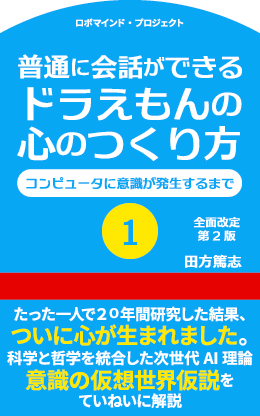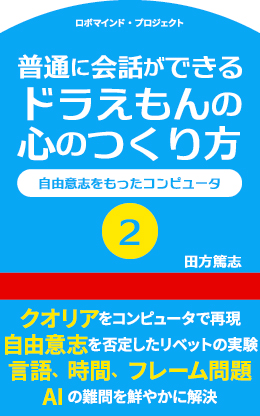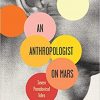
Now that we solved the hard problem of consciousness… What’s next?
Now that we solved the hard problem of consciousness… What’s next?
How to make AI be aware of the question ”what am I?”
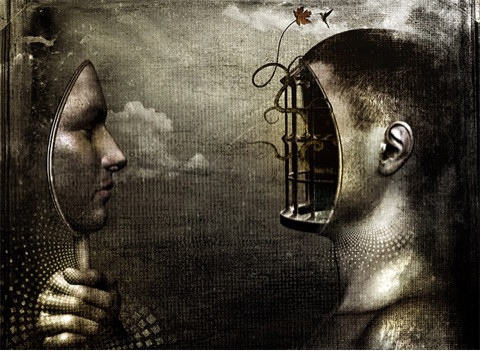
“The hard problem of consciousness” was introduced at the first international conference on consciousness (the Tucson conference) in 1994 by a philosopher David Chalmers. He divided consciousness into two problems.
One is the easy problems of explaining how the physical brain process information.
This area of study has been studied in neuroscience using fMRI.
Another problem is the hard problem which is about how subjective conscious experience occurs.
Subjective conscious experience is a component that can consciously know that one is looking or feeling.
The hard problem is to question how that consciousness arises.
Why this is the hard problem is because we cannot see that from observing the brain.
Even though we can completely reveal the system of signal processing of the brain from noticing an apple to eating one, we cannot see where the essence of consciousness lies that thought “I want to eat the apple”.
Science only studies subjects that can be observed, so unobservable subject like consciousness cannot be covered by the modern science. Nobody knows where to start.
When we disassemble a computer, we know that the center of processing is the CPU.
But even if we revealed every flow of signals inside the CPU, it would be very difficult to figure out what software it executes on that computer.
Is it Excel, Word or Super Mario Bros.?
Consciousness is almost like a software in computer.
Even if we revealed all the signal processing in the brain, we would not see the essence of consciousness.
When I first started out on this subject, I was confused with the similar kind of problem.
In my case, I was trying to create an AI that can have a natural conversation with humans.
Initially, I was planning on making a conversation system that responds to designated words by preparing conversation scenarios. But it didn’t hold a natural conversation.
In the end, to make a natural conversation happen, I came to a conclusion that it needs to have the same mind and consciousness as we humans have.
That is how I came up with this idea of a program that works the same as human “mind” and launched the ROBOmind-Project.
It all started 15 years ago.
Around the same time, I came to know “the hard problem of consciousness”.
I remember one day, when I tried to apply my idea into the hard problem and I was able to see subjective conscious experience occur. I was relieved.
In my head, ”the hard problem consciousness” has already been solved so I have completely forgotten about it, until I started hearing about it again with the rise of AI lately. I thought “wait, isn’t the hard problem of consciousness not solved yet?”.
So in this post, I summarized how “the hard problem of consciousness” can be solved.
In regards to subjective conscious experience, I explained in depth in ”Subjectivity and Objectivity”, but I’m going to go through once again as it is crucial to this post.
First, we are going to use a line tracer as a role of a robot without consciousness.
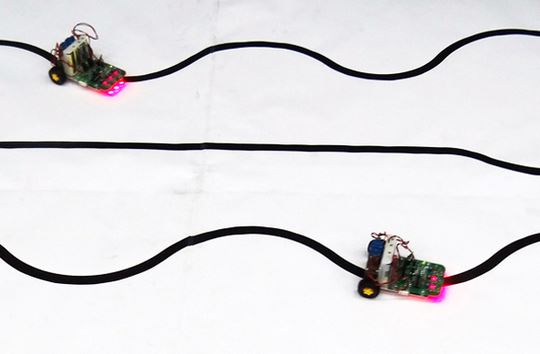
A line tracer is a type of microcomputer robot that runs on the line drawn on a sheet of paper.
A microcomputer robot is made up of sensors to detect the position of the line, the body that has a motor to controls wheels, and a controller that controls both wheels to ensure it runs along the line by responding to inputs from sensors.
A line tracer, despite the simple system, is a robot that can control itself by responding to the external world with sensors to detect and wheels to respond to the external world.
Well, how does a line tracer perceive the world?
To a line tracer, is the world made up of white paper and black lines?
Does it think of itself as a robot that runs on the line on a sheet of white paper?
Not quite.
After all, a line tracer runs according to the world detected on its own.
It does have a controller to control its movement, but merely what it does it to respond to changes in the external world.
In human terms, this is reflex.
That reflex reaction you get, your feet goes up when you hit the bottom part of your knee cap.
Reflex is not directed by consciousness.
Just the same.
A line tracer does not think of itself running.
How can one think of itself running on the line?
In order to do so, one needs to perceive both oneself and the world.
Therefore, in order to have a “subjectivity” as “self”, one needs to identify “the world” that is not “self” and “self” differently.
”Self” here refers to “the body of the robot” and a “controller”.
The body of the robot is like a “physical body” in human terms.
A controller is like a ”mind” in human terms.
“Mind” is the whole program that controls the body, and we will call it ”consciousness” which identifies self and the world inside the program of mind”.
So to apply this analogy to easy problems, the signal processing from body to mind or mind to body are those easy problems.
The hard problem is the content of the whole program of “mind”.
To think this way, the hard problem ”how to make subjective conscious experience happen” can be replaced as the problem ”how to make consciousness identify and differentiate the world and self”.
How can we make consciousness identify and differentiate the world and self?
Identifying objects requires you observe them from outside.
Then what should it mean, to identify self and the world?
It means to observe self and the world from outside.
How can one observe oneself on his/her own?
To get outside of oneself?
How can one observe the world?
To get outside of the world?
Can we do such things?
If ”consciousness” could observe ”self” and ”the world” from outside, a line tracer could identify ”‘the world’is a sheet of white paper and the black lines on it, and ‘self’ is a robot that runs along the line”.
If it can identify self and the world to this degree, then we can say that it possesses subjective conscious experience.
We can say that the hard problem is solved.
Then, how can ”consciousness” of “self” observe ”self” from outside and ”the world” from outside?
I faced this problem about 15 years ago.
Then I came up with this idea: consciousness does not directly identify the world.
As long as ”consciousness” called “self” belongs to the world, ”consciousness” cannot see ”the world” from outside.
To see “the world” from outside, ”self” should create the world on its own.
I’m sure you all are puzzled by this.
Let me clarify this a bit in detail.
Let’s say you take photos of the world on a camera.
Upon this, at the reactionary system, self belongs to the world.
As long as self, that is to identify the world belongs to the world, you cannot differentiate the world from self.
Then, how can we separate self from the world?
Take a picture of the world on your camera, and make a 3D model of the exact same thing using CG as a virtual world.
In the virtual world, there is self as a 3D model, too.
Consciousness observes the recreated virtual world.
In this way, consciousness can observe the world from outside.
Consciousness can observe self from outside.
consciousness can identify the world and self differently.
With this ability, ”consciousness” can identify that” ‘the world’ is about a sheet of white paper and the black lines on it and ‘self’ is a robot that runs along the line”.
Consciousness re-constructs the same world as the external world inside and observes it.
If we can make this program of mind, we can generate consciousness.
I call this ”Hypothesis: consciousness’ virtual world”.
Between those with programs of mind, they share the external world as the common world.
Therefore, one can introduce yourself to others like: ”My name is xxx” ”I am xxx’s son”.
One can communicate with others.
I call an ecosystem in which agents with programs of mind communicate with each other ”the ecosystem of mind”(Please refer to “The Turing Test and The System of Human Mind (Ecosystem of Mind)”).
As you share the world with others, you can compare as well.
Such as “I am taller than you”.
The world is not just made up of data that are physically observable by people.
In human world, there are many things like names, values and personalities that cannot simply observed physically.
You can include those invisible values inside a virtual world which is a re-construction of the world inside.
“My name is 〇〇.”
“I work as △△.”
“My annual salary is □□ yen.”
“It’s not great but life is not all about money, you know.”
“What is your true happiness? ”
The day when AI begins worrying about this, it will not an exaggeration to say that AI has obtained consciousness.
And that the hard problem of consciousness is solved.
I also want to read
 What Is consciousness In The First Place? Can We Invent Artificial Consciousness Using AI?
What Is consciousness In The First Place? Can We Invent Artificial Consciousness Using AI?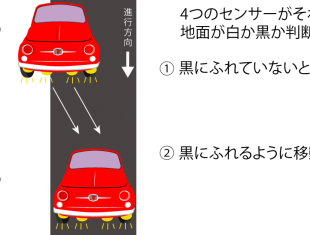 Subjectivity and Objectivity – What is self? What’s Admirable About Being Able to See Yourself Objectively? –
Subjectivity and Objectivity – What is self? What’s Admirable About Being Able to See Yourself Objectively? – Hypothesis: consciousness’ virtual world - Don’t you believe that the world you are seeing in this very moment exists in reality? -
Hypothesis: consciousness’ virtual world - Don’t you believe that the world you are seeing in this very moment exists in reality? -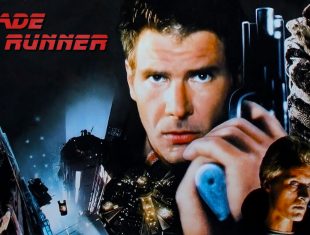 The Turing Test and The System of Human Mind (Ecosystem of Mind)
The Turing Test and The System of Human Mind (Ecosystem of Mind)

